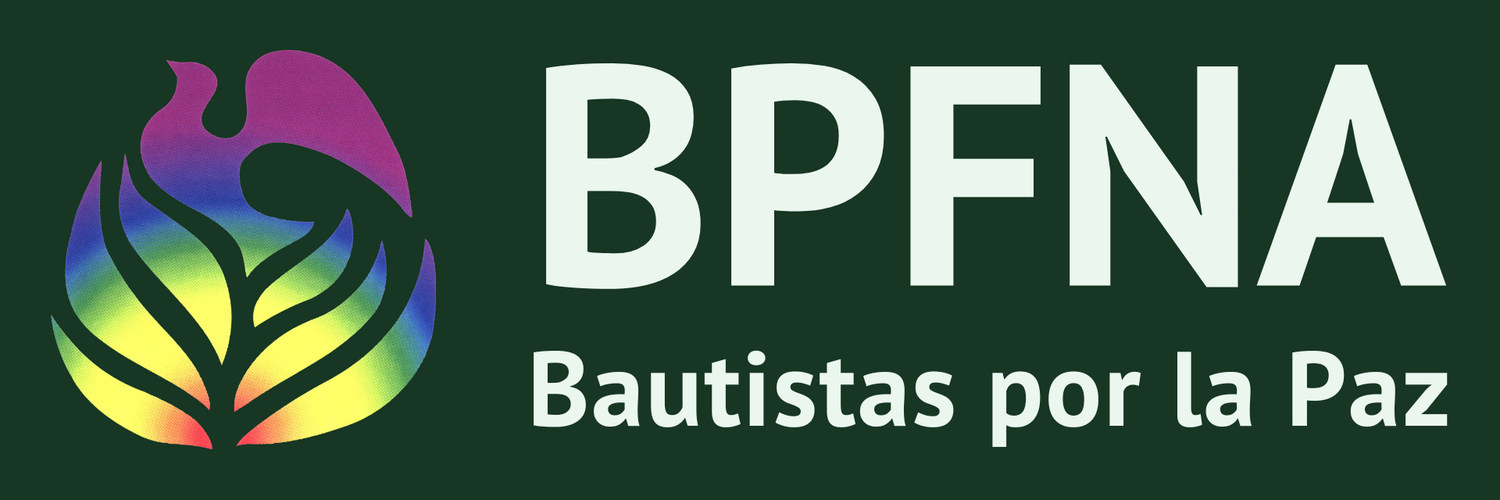In Lebanon, Lessons from Jesus’ Broken Body
Editor’s Note: Board member Brian Kaylor reflects on his recent trip to Lebanon. You can read more about his experiences in his column at Word&Way.
A “hole-y” icon of Jesus’ judgment in St. George Greek Orthodox Cathedral in Beirut, Lebanon. (Courtesy of Brian Kaylor)
I keep thinking about a mural of Jesus in the oldest church in Beirut, Lebanon.
I visited Saint George Greek Orthodox Cathedral at the end of September during a week in the nation to see the transformative work of Lebanese Baptists in peacemaking, caring for refugees, education, and more. One evening we visited the ancient Orthodox church. In the sanctuary, Jesus stood with his arms tied as he’s judged on the night before his execution. It’s a fairly standard painting, except in this one there are holes in Jesus.
The holes are left over from the Lebanese Civil War, a reminder of that deadly conflict that tormented the nation and its people from 1975 until 1990. Badly damaged by shelling, and then vandalized and looted, the church spent years rebuilding. But they decided to leave some of the damage behind—including the holes in Jesus.
The church has been damaged and rebuilt several times since its founding in the 4th century. Earthquakes tore down ancient structures. But the violence that mars Jesus to this day came as Christian militias fought Muslim and Druze forces. For a quarter century, God’s people killed each other over political power and religious differences. The scars of that period remain. Many Lebanese Baptists and others left the country and continue to live elsewhere. Religious and political tensions still exist in the nation, sparking the need for peacemaking and interfaith dialogue.
So it’s quite appropriate that Jesus bears the scars of that war more than three decades later. Standing there being prepared for an unjust and violent execution, the hole-y Jesus reminds us that what we do to the least of these we do to him. He stands there silently, being led like a sheep to slaughter to warn us that those who live by the sword die by the sword. He stands there being condemned by a profane mix of religious and political power to remind us we should love our enemies.
Not long after I returned home, another war erupted in the Middle East. Thousands of people made in the image of God have been killed. Churches have been damaged. Homes and hospitals have been leveled. All in a war cheered on by some Christians in North America.
Once again, we are breaking the body of Jesus in the Holy Land. Once again, we are handcuffing Jesus to silence his teachings. Once again, we are scarring the image of Christ in the world. So I imagine the Jesus in Beirut looking at us, beckoning us to put our hands in his war-torn side so that we may learn to follow the Prince of Peace.
Public art proclaims messages of peace and justice in the streets of Beirut, Lebanon. (Courtesy of Brian Kaylor)



